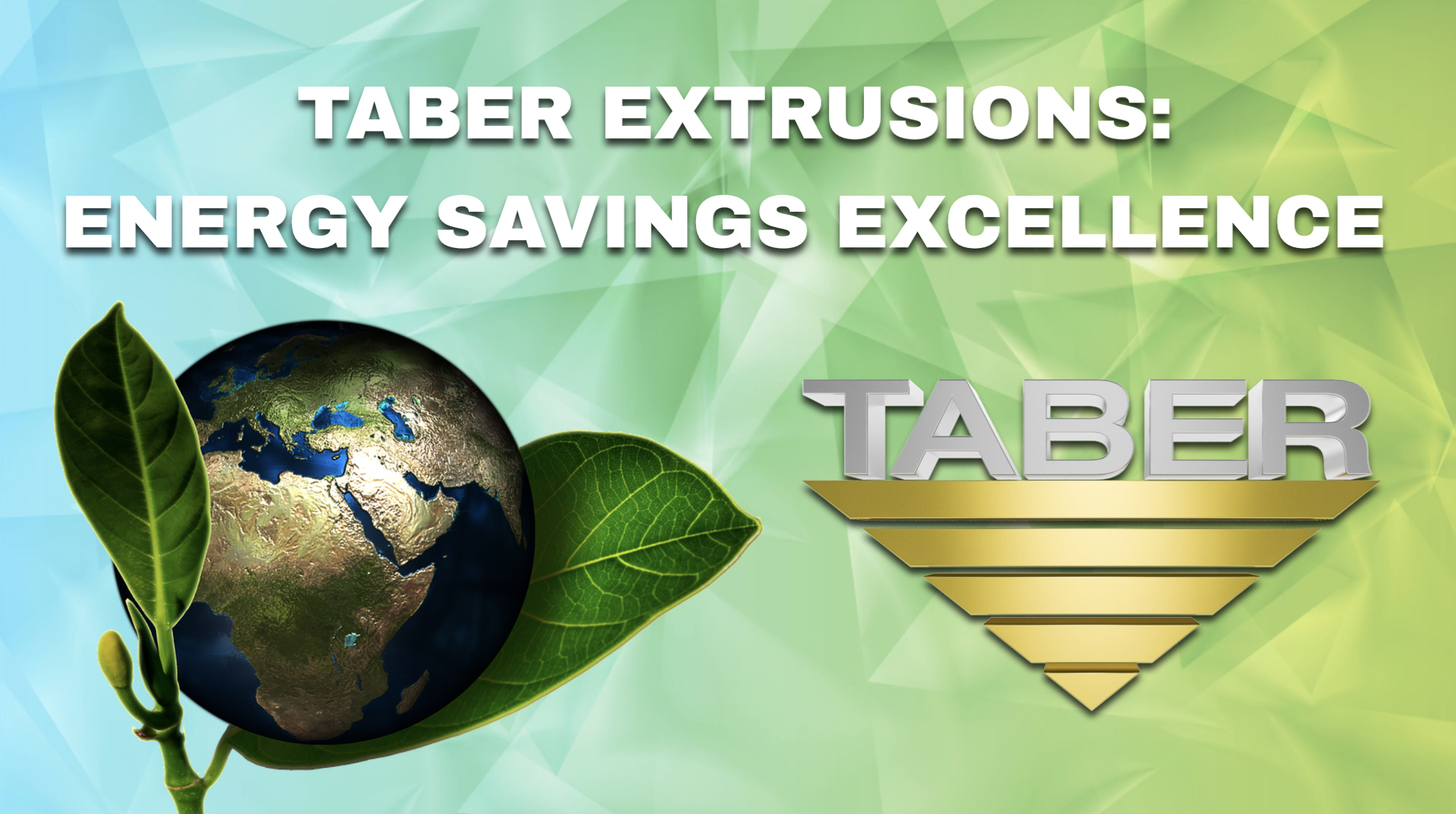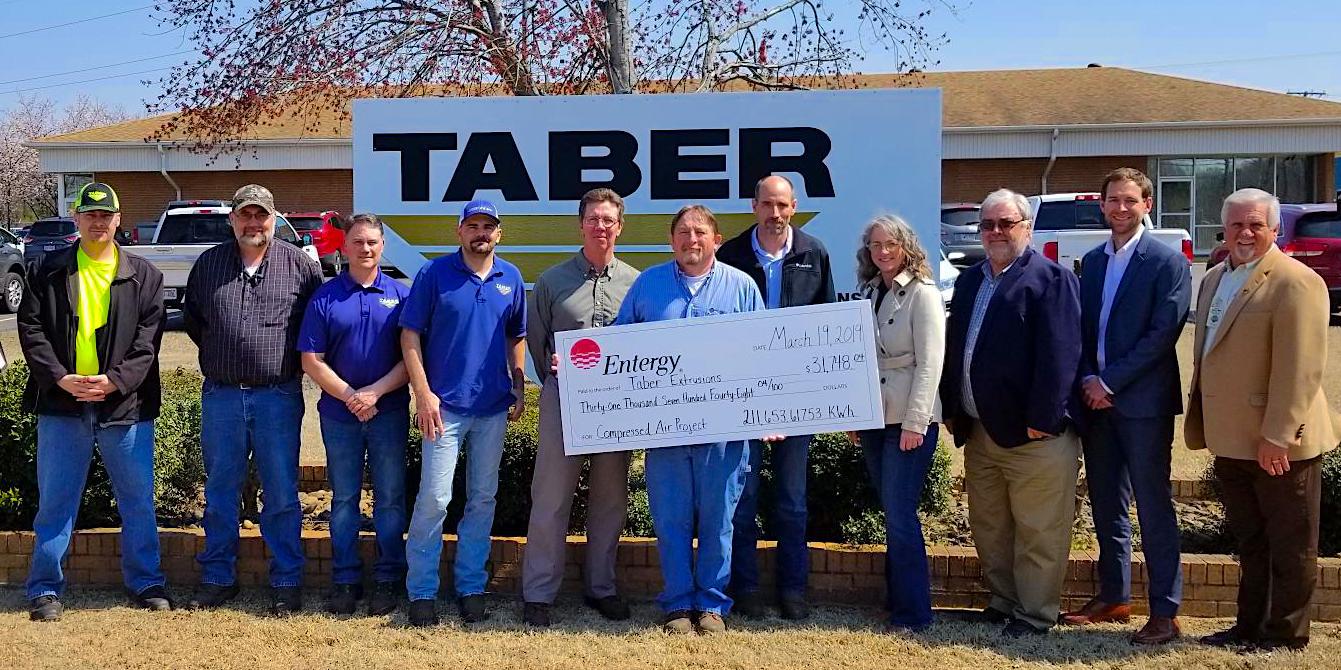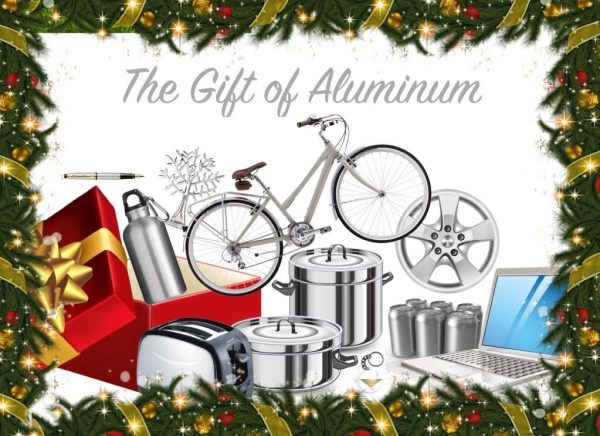Taber’s Friction Stir Welding Capabilities: Going Vertical

Taber is is AS9100, NADCAP, and ABS certified. Founded in 1973, Taber Extrusions originally pioneered a process for extruding rectangular billet which enables the company to extrude solid profiles up to 31 inches wide or hollows up to 29 inches. Taber expanded with the purchase of an extrusion facility in Gulfport, MS., in 1995 which houses a cast house and two additional presses, and multiple expansions of value-added fabrication services. Taber continues to extrude billet in a wide range of alloys and sizes, including 7”billet molds, and has diversified its markets beyond military since its inception to include aerospace, automotive, marine, infrastructure, and sporting goods, among many others. For these markets, the company supplies extruded products in a variety of soft and hard alloys. In 2018, Taber added micro-extrusions to their capabilities allowing them to further serve customers in electronics, computer, and medical industries. Today Taber is proud to announce yet another exciting launch into Friction Stir Welding. To learn more about how we can be of service visit: https://taberextrusions.com/
Follow Taber Extrusions
LINKEDIN: https://www.linkedin.com/company/8843183/
FACEBOOK: https://www.facebook.com/taberextrusions/
TWITTER: https://twitter.com/taberextrusions














